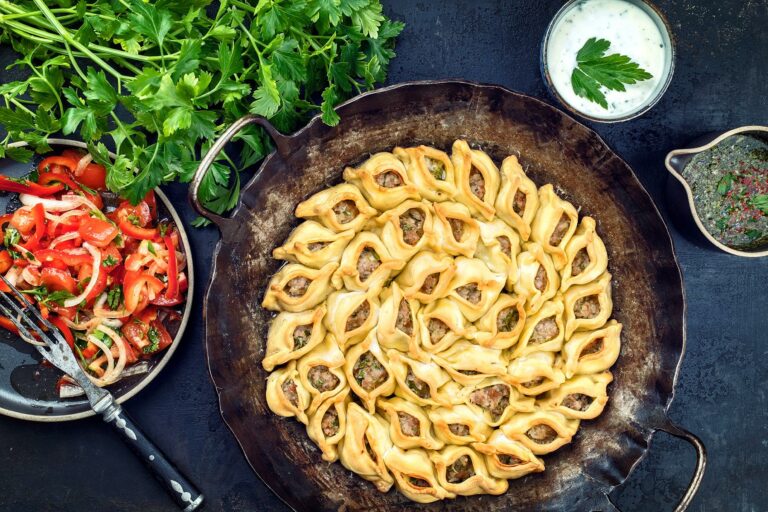Introduction to Armenian Cuisine
Armenian cuisine is known for its rich and vibrant flavors, colorful ingredients, and unique cooking techniques. It is heavily influenced by the country’s historical and cultural context, as well as its location at the crossroads of Europe and Asia. Armenian cuisine has a long and fascinating history that dates back thousands of years, and it continues to evolve and adapt to changing culinary trends and tastes.
The Historical and Cultural Context
Armenian cuisine has been shaped by a diverse range of cultural, religious, and historical influences. The country’s location at the crossroads of Europe and Asia has made it a hub for trade and commerce over the centuries, leading to the exchange of ideas, ingredients, and cooking techniques with neighboring regions. Armenia was also one of the earliest adopters of Christianity, which has had a significant impact on the country’s culinary traditions. For example, many Armenian dishes are vegetarian or feature fish rather than meat, due to the fasting practices of the Armenian Church.
Regional Differences in Armenian Cuisine
Armenia’s varied geography and diverse cultural heritage have resulted in a range of regional variations in Armenian cuisine. The two main regional styles are Western Armenian cuisine, which has been heavily influenced by Ottoman and Middle Eastern flavors, and Eastern Armenian cuisine, which is more closely tied to the country’s indigenous culinary traditions.
Western Armenian Cuisine
Western Armenian cuisine is characterized by its use of exotic spices, rich sauces, and bold flavors. It features dishes like kebabs, stuffed vegetables, and pilafs, which are often served with yogurt or sour cream. Many Western Armenian dishes have been adapted from Ottoman cuisine, which was influenced by the culinary traditions of the Middle East and Central Asia.
Eastern Armenian Cuisine
Eastern Armenian cuisine is more focused on simple, wholesome ingredients and traditional cooking techniques. It features dishes like khorovats (grilled meat), dolma (stuffed vegetables), and lavash (flatbread), which are often made with locally-sourced ingredients. Eastern Armenian cuisine also places a strong emphasis on preserving food, with many dishes being pickled or fermented.
Armenian Cuisine in Diaspora
Armenian cuisine has spread around the world through the Armenian diaspora, with communities in countries like the United States, France, and Russia adapting traditional dishes to suit local tastes and ingredients. Armenian cuisine in the diaspora is often a fusion of traditional Armenian flavors and techniques with the culinary traditions of the host country.
Common Ingredients in Armenian Cuisine
Armenian cuisine features a range of unique and flavorful ingredients, such as pomegranates, apricots, and lamb. Other commonly-used ingredients include herbs like cilantro and parsley, and spices like cumin, coriander, and paprika. Many Armenian dishes also feature dairy products like yogurt and cheese.
Conclusion and Future of Armenian Cuisine
Armenian cuisine is a rich and vibrant culinary tradition that has been shaped by a diverse range of cultural, religious, and historical influences. Its regional variations reflect the country’s varied geography and cultural heritage, while its use of unique and flavorful ingredients sets it apart from other cuisines. As Armenian cuisine continues to evolve and adapt to changing tastes and culinary trends, it is sure to remain a beloved and important part of Armenia’s cultural identity.

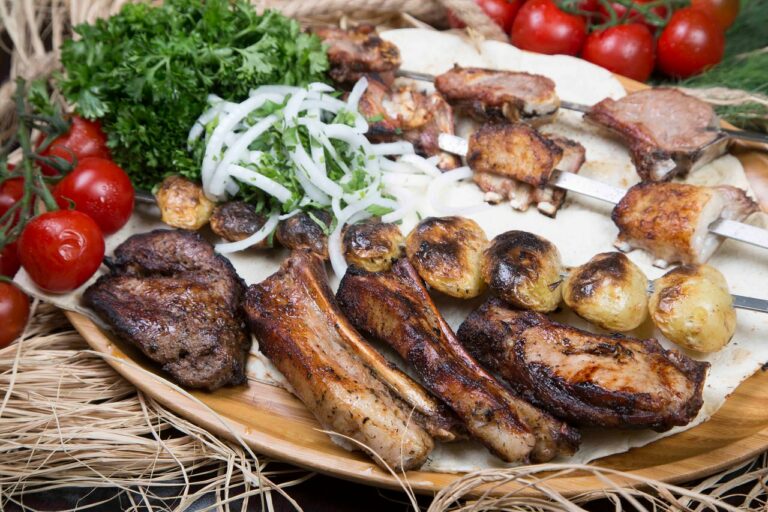

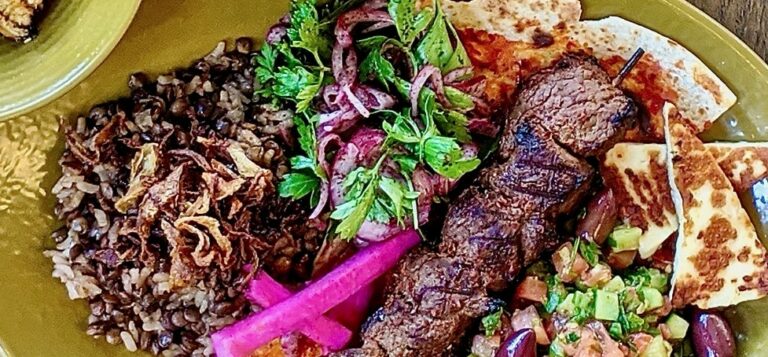


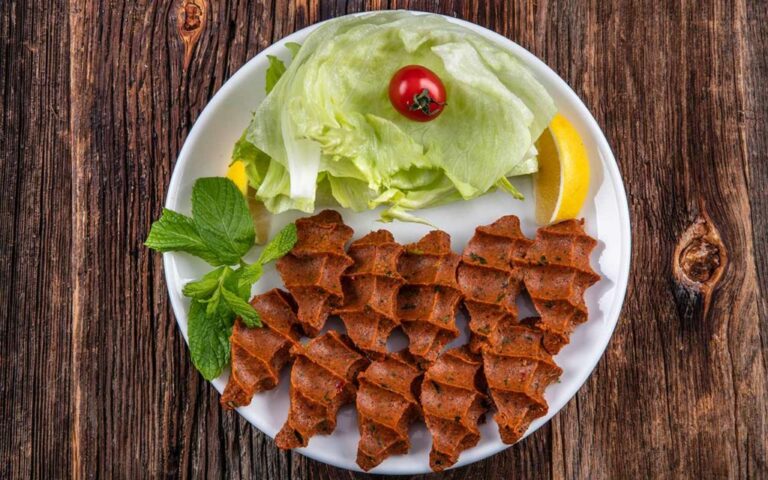

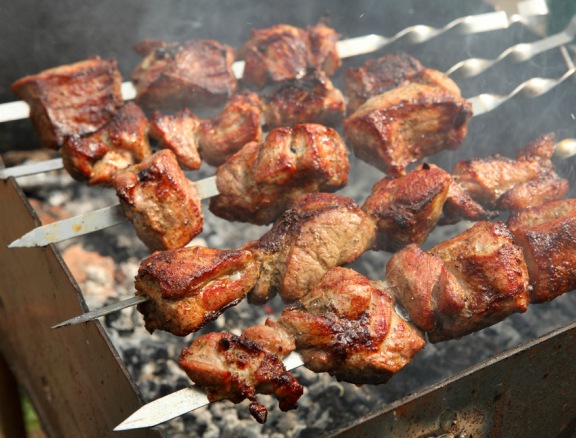
![Can you recommend some Armenian restaurants in [city]?](https://foodnerdy.com/blog/wp-content/uploads/2023/05/7-11-768x512.jpg)
